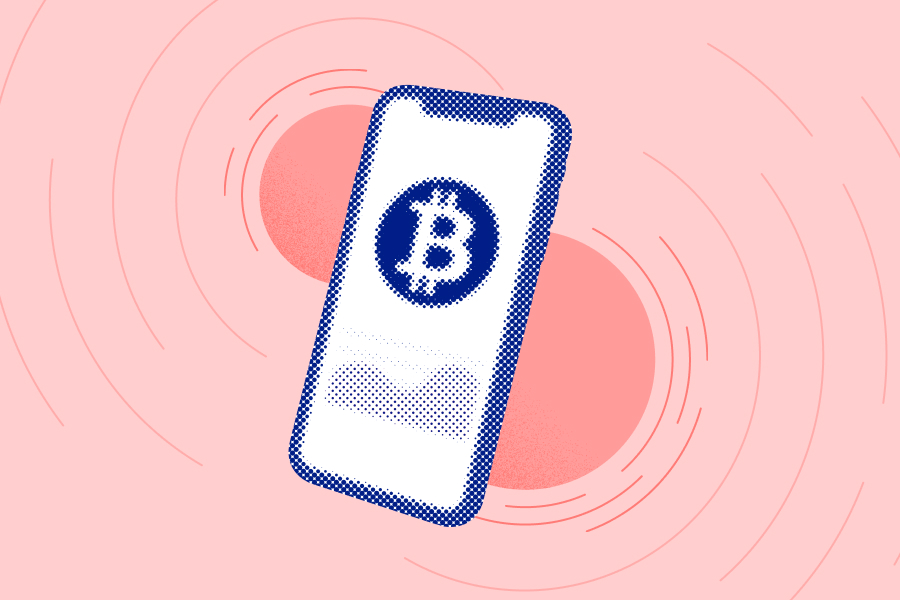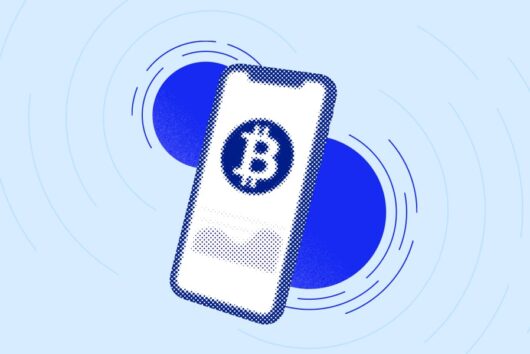What is proof-of-work?

Bitcoin runs on a blockchain network, a shared ledger similar to a traditional bank ledger that contains and records every Bitcoin transaction that has ever taken place. While many digital currencies are built around a central point of leadership keeping track of users and their money, a consensus protocol called ‘Proof of work’ was created to ensure cryptocurrencies can function without one.
Proof-of-work also solves the ‘double-spending problem’ that can often occur without a central point of authority. Double spending can happen more often over a physical currency due to the ease at which you can copy an identical version of a transaction. Proof-of-work combats this problem in an interesting way.
Remember those daunting maths tests in school that would ask you to show your workings alongside your answer? As the name suggests, the network asks for computational ‘proof’ of the effort spent via a solved mathematical problem before the blockchain can be updated.
Proof of work is used to verify new transactions, add them to the blockchain, and create new Bitcoin or other tokens as a result. First used by Bitcoin, this consensus protocol uses mining to achieve these goals. Miners compete with each other using their own specialised computers to solve the problem with the winner updating the blockchain with the latest verified transactions, earning new coins as a reward.
Why are there other consensus protocols?
So, if this system is so successful at securing the blockchain and keeping everyone’s assets safe, why are new consensus protocols being created?
As the value of cryptocurrency grows, so does the popularity of mining as a source of income. As the number of miners grows so too does the complexity of each mathematical problem the miner’s computers have to solve. The harder the problem, the more demanding the energy requirement.
The energy-intensive aspect of the process is both a blessing and a curse. On one hand, it puts off any shady individuals or groups that would try to manipulate the blockchain, but on the other hand, adapting it to meet the huge number of new transactions is difficult. As a result, alternatives have been created such as proof of stake.
 Discover
Discover Help Centre
Help Centre Status
Status Company
Company Careers
Careers Press
Press


